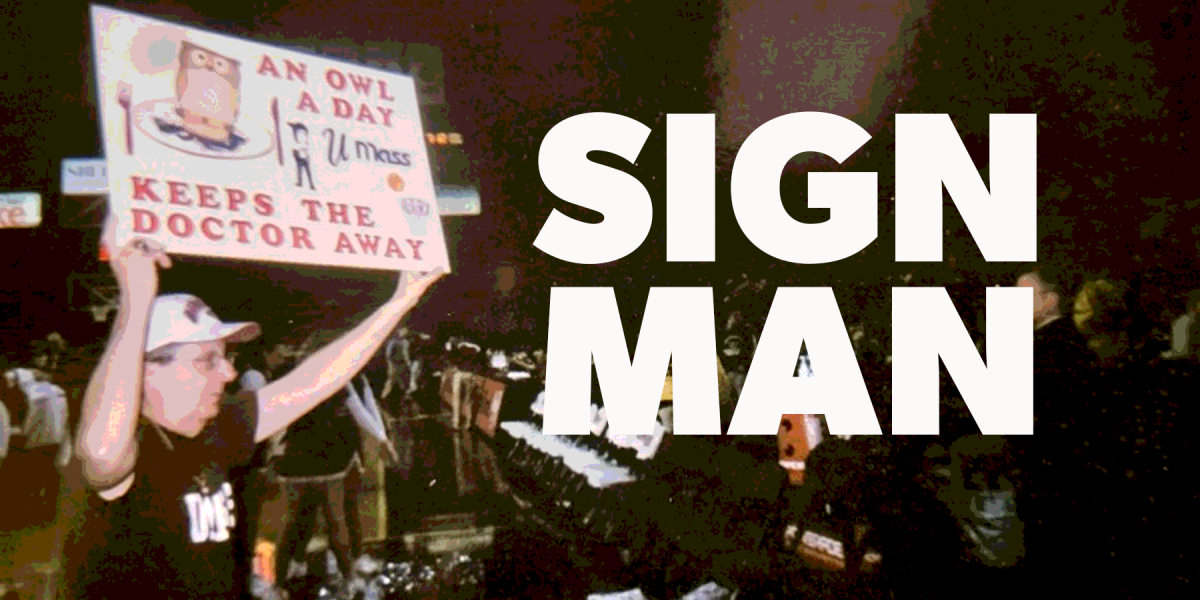After decades of tireless global collaborative research, theorizing and probing the depths of the cosmos, scientists achieved undoubted proof their theories behind black holes are true.
On April 10, an international team of astronomers, including many at the University of Massachusetts, revealed to the public that they had captured an image of a supermassive black hole and its accretion disk. France Córdova, the director of the National Science Foundation said of the day, “This is a huge day in astrophysics. We’re seeing the unseeable.”
In order to accomplish the amazing feat that is imaging an “unseeable” black hole 55 million light years away, an international collaboration of astronomers set up and coordinated eight ground-based telescopes from around the world to create the effects of an Earth-sized telescope obtaining data from its target in the sky. One of these telescopes was in fact the Large Millimeter Telescope, which is partially run by UMass. This massive coordination of telescopes is known as the Event Horizon Telescope. According to Shubha Tewari, a senior lecturer in the department of physics, the coordination “involved about 200 people in the collaboration, 40 of whom were women.
“There were petabytes of data to winnow through before they came up with this one spectacular image,” Tewari said. To put the amount into perspective, the data collected was so large (one petabyte is equal to a million gigabytes), it was impossible to transfer it over the Internet.
Tewari explained the transfer of this data “involved taking suitcases of hard drive data through airport security… To me, this is collaborative science at its best, and exciting because this is just the beginning of many more such observations to come.”
When asked about the implications of this discovery, UMass astronomy professor Stephen Schneider commented, “I think it’s pretty amazing.”
“Though the image isn’t as sharp as you might expect… it’s profound when you realize that it’s the real thing,” Schneider said. “For years there has been a lot of good circumstantial evidence that black holes exist, but there was always a part of me that wondered whether nature would somehow prevent such a strange object from existing.”
For decades, though there was significant reason to believe that black holes exist, there was never any solid proof. From the image, however, Schneider is able to see a “ring of light” and “know it was the last stop before space pulls everything in to never escape.”
While the image may not appear high-quality, Schneider pointed out it takes 55 million years for light to get from the black hole to Earth. In order to acquire the image, telescopes from the South Pole, Chile, Mexico, Spain, Hawaii and Arizona, among other locations, were required.
And according to David Kastor, who specializes in black hole thermodynamics in the department of physics, “EHT’s capture of the image of a black hole is a defining sort of moment. Before the release, we’ve seen many ‘artist’s conceptions’ of black holes, but now we’ve seen a real image of a particularly spectacular black hole weighing 6.5 billion times the mass of our sun.”
“In physics, we are used to understanding phenomena based on many different types of data. However, there is still a certain primacy to actually seeing something,” he added. “It makes the concept of a black hole less remote and more immediate.”
Kastor suggested the image is just “the first in a rich stream of observations to come,” emphasizing the image isn’t the end to research.
After the image was released to the public, astronomy professor Gopal Narayanan, principal investigator for the University’s EHT mission spoke of the “very gratifying and immense excitement at seeing the results coming out after years of work. At times it looked like an impossible task.”
For UMass professors and researchers, the “impossible task” culminated in “seeing the unseeable,” proving a global scientific collaboration can not only be done, but be wildly successful.
Nadine Saab can be reached at [email protected].




















amy • May 1, 2019 at 1:19 pm
It’s actually misleading to say an image of a black hole has never been captured and is likely fake news. It’s sad that supposedly umass “scientists” are either ignorant or failed to correct
Pictures of black-holes have existed for a long time.
As you can see in this NASA/Harvard Collaboration.
http://chandra.harvard.edu/photo/category/blackholes.html
Joe • May 1, 2019 at 12:25 pm
Amazing achievement, to capture the image of something that could only be theoretically conceived for a long time.
Emil Enchev • May 1, 2019 at 7:09 am
Why you lying people – for money or because you are stupid, or for both?
https://www.quora.com/Why-cant-the-image-they-present-to-you-as-an-image-of-a-black-hole-be-a-black-hole-image-at-all-and-how-should-an-image-of-a-black-hole-look-for-us-as-external-observers
amy • May 1, 2019 at 12:42 am
I think the photograph is really over-hyped.It did not deserve news coverage.